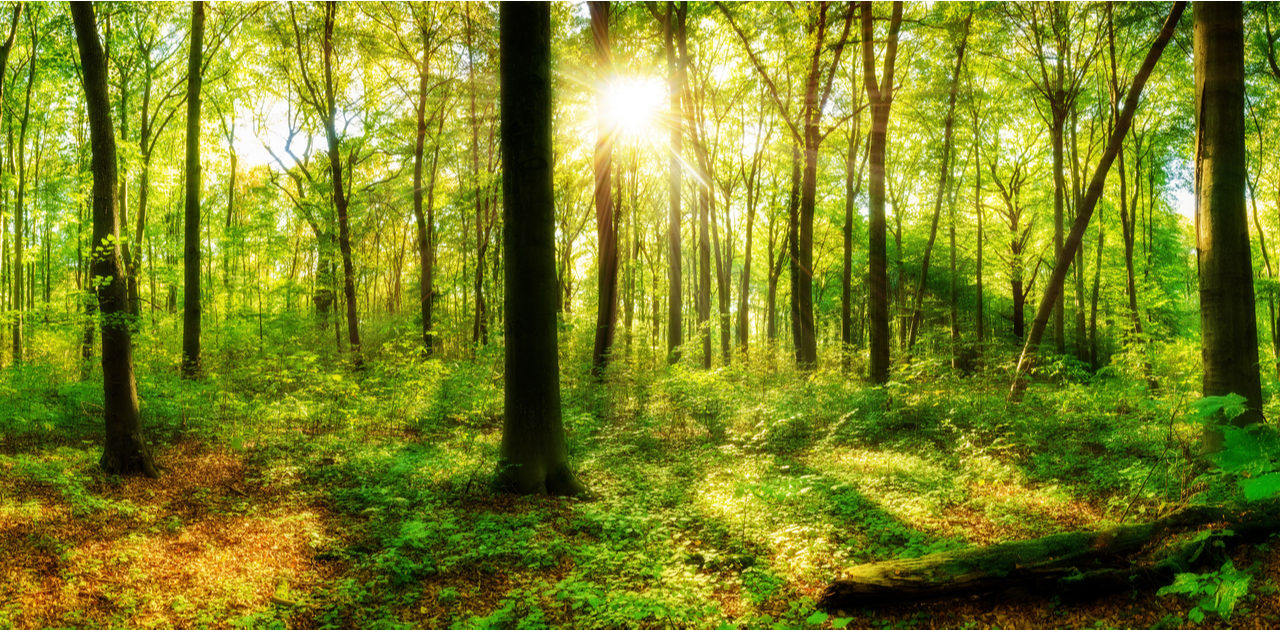
The Future of … Afforestation
Even in times of division, where we seem to find so few areas of agreement, everyone loves trees. Which is why this one climate change remedy may find universal support, even among those who doubt that climate change represents a threat to our future.
To view the full article please register below:
The Future of … Afforestation
The idea of reducing our carbon footprint tends to be at the center of climate policy discussions at all levels of government, but the truth is that we are unable to stop global warming by carbon reduction alone. We find ourselves at a point that, to arrest the progress of climate change, we need to find ways to remove meaningful amounts of carbon from the air.
Even in times of division, where we seem to find so few areas of agreement, everyone loves trees. Which is why afforestation—establishing a forest, particularly on land that was not previously forested—may be the one climate change remedy to find universal support, even among those who doubt that climate change represents a threat to our future.
Industry and science are already working on ways to reduce the carbon footprint economically. (To learn more about those efforts, read our blog post, The Future of … Carbon Capture).
Carbon capture, however, doesn’t need to come from machines and science alone. Nature has been removing carbon from the air since the first plants emerged. That’s why planting trees may be the most attractive, politically feasible and effective option for removing the millions of tons of carbon required to abate the rise in global temperatures.
In fact, a research paper published in “Science” magazine calls tree restoration “the most effective solution at our disposal to mitigate climate change.”1 This same paper suggested that with maximum tree planting globally, these trees—once mature—could reduce roughly two-thirds of the carbon humans have put into the air since the Industrial Revolution.
“Not so fast,” say many other climate scientists. One analysis of the paper found that the reduction would be more likely in the 10 percent range rather than the two-thirds estimate. A reduction of 10 percent is still significant, so while trees may not be the silver bullet, they do represent a promising tool for addressing climate change.
The World Economic Forum has formulated a plan to plant a trillion trees, a plan that was discussed at the 2020 meeting in Davos. Everyone from Marc Benioff to President Trump seemed to be onboard with the idea.
There are critics to this ambitious plan. Though all profess to love trees, they do worry about unintended consequences, like increasing wildfire potential, or misallocation of resources which could be spent on more effective approaches.
Whatever the case, trees remain only a temporary solution as after about 50 years a tree will die, decompose and release all that carbon back into the air.
Source:
See referenced disclosure (2) at https://blog-dev.americanportfolios.com/disclosures/












